SUMMARY
This is AI generated summarization, which may have errors. For context, always refer to the full article.
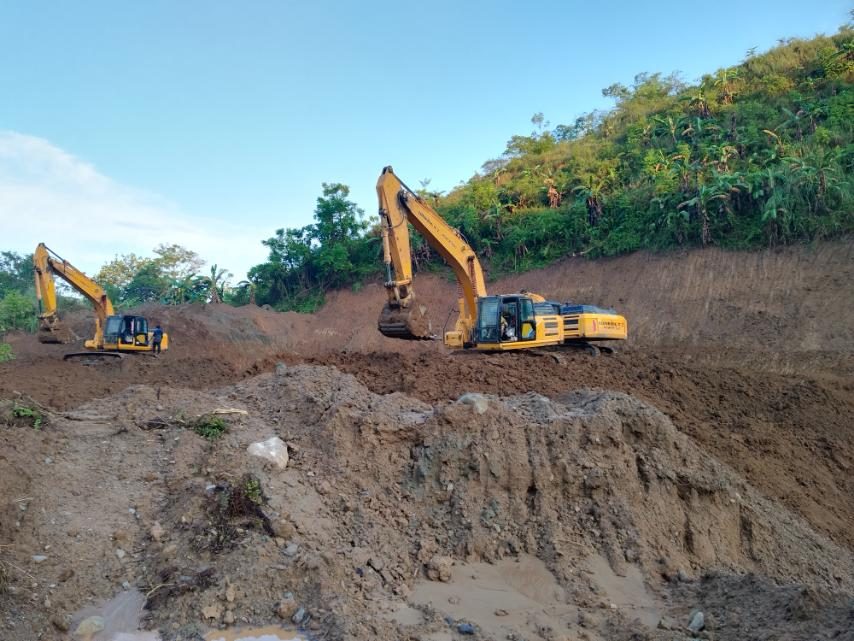
CAGAYAN DE ORO, Philippines – In the picturesque landscapes of Cagayan de Oro, a disheartening reality unfolds as illegal miners effortlessly traverse the city’s boundaries, making their way toward their mining sites nestled along the captivating Iponan River.
The revelation was brought to light by the chief of the local environment and natural resources office, painting a concerning picture of unimpeded illicit activities near the borders of Cagayan de Oro and Opol town in Misamis Oriental.
The Iponan River mining operations have relied on the utilization of heavy mining equipment, including excavators and dump trucks. To access these mining sites, the equipment has to be brought to mining sites in Opol town via Cagayan de Oro, said Engineer Armen Cuenca, the chief of Cagayan de Oro’s Local Environment and Natural Resources Office (CLENRO).
Cuenca said the miners utilize the roads of at least three rural barangays in Cagayan de Oro, as there are no direct roads that can be used to access the mining sites along the critically endangered river in the Opol.
The Iponan River flows between Cagayan de Oro and Opol town before ultimately emptying into Macajalar Bay. The headwaters of the Iponan River fall within the jurisdiction of Iligan City, which shares a common boundary with Cagayan de Oro and the town.
In late 2011, the cities of Cagayan de Oro and Iligan saw devastation as rampaging floodwaters caused widespread destruction and claimed the lives of more than a thousand people. Vital public facilities were crippled, and communities were flattened by the destructive impact of Tropical Storm Sendong (Washi).
The devastation, attributed largely to unabated mining activities, was the most severe environmental disaster seen in the two cities in recent years.

Cuenca the recent illegal mining movements have been taking place during daylight hours and within the sight of barangay officials who merely look the other way.
“We have questioned the barangay officials and asked them why they have allowed these illegal mining activities. Often, they answer that they are powerless to stop the miners,” Cuenca said.
Cuenca declined to name the officials but identified the three Cagayan de Oro barangays as Tumpagon, Pigsag-an, and Tuburan, which share a common border with Opol town.
He said Cagayan de Oro Mayor Rolando Uy met the officials from the three barangays in December 2022 to warn them to put a stop to the illegal mining activities along the Iponan River.
Uy’s warning merely fell on deaf ears as shown by the May 13 arrest of five Chinese and their 13 Filipino mining workers in Barangay Pigsag-an, Cagayan de Oro.
The five Chinese men, all Mandarin-speaking, were identified by lawyer Michael Pacuribot, the chief of the legal division of the DENR in the region, as Mingzhi Meng, Shen Chuangao, Pan Jiquan, Luo Jian Hui, and Yuan Yin Lin.
Authorities said the Chinese-led group used mercury which poses significant health risks and which results in devastating effects on ecosystems, wildlife, and human populations. Mercury use in mining has been a matter of grave concern for environmental and public health authorities.
The NBI has lodged eight complaints against the Chinese and Filipino workers, citing their infringement of multiple laws. These include the Philippine Mining Act, Small-Scale Mining Act, Presidential Decree on the Water Code of the Philippines, National Pollution Control Decree of the Philippines, Philippine Clean Water Act, Revised Forestry Code, Wildlife Resources Conservation and Protection Act, and Revised Penal Code.
Cuenca said the CLENRO has monitored at least 10 illegal mining operations along the Iponan River and identified the alleged financier as a Chinese using the name of Samuel or Leonardo Ong.
“We have checked with the Bureau of Immigration. They have no record of that name,” he said.
NBI-Northern Mindanao assistant director Norman Decampong said the arrested Chinese did not present passports and only showed copies of their Alien Certificates of Registration (ACR).
The certificates, which are compulsory for foreigners who plan to stay in the country for over a month, are issued by the immigration bureau.
Felizardo Gacad Jr., the director of the Mines and Geosciences Bureau (MGB) in Northern Mindanao, said the illegal mining operations have destroyed some 10 hectares of the river delta.
Gacad also told a May 16 news conference that the extent of damage to the river system appeared to be much more substantial than initially anticipated.
In 2013, the Court of Appeals (CA) issued a Writ of Kalikasan and a Writ of Continuing Mandamus to protect the Iponan River from illegal mining.
The court ordered the three local governments, the Department of Environment and Natural Resources (DENR), the National Bureau of Investigation (NBI), the Armed Forces of the Philippines (AFP), the Philippine National Police (PNP), and the Bureau of Immigration (BOI) to submit monthly monitoring reports of their enforcement of the two writs.
Orlando Ravanera, one of the leaders of SULOG, a coalition of environmental groups that sought the 2013 writs from the appellate court, deplored the Iponan River mining activities which, he said, continued because there was connivance.
“The Writ of Kalikasan in Iponan River must be upheld at all costs. And heads must roll…, including conniving government enforcers who allow illegal mining to happen,” Ravanera said in a statement released by his group Makakalikasan.
The writ, if fully enforced, ensures that those found responsible for violations or negligence regarding environmental matters are held accountable. It compels prompt action from government agencies to prevent or rectify environmental damage.
Ravanera’s group called on the government to take immediate action to ensure that all illegal mining activities along the Iponan River are permanently stopped.
“The government must also investigate and prosecute the individuals and groups responsible for the destruction of the river delta,” read part of the Makakalikasan statement.
The group has been advocating a 10- to 20-year moratorium on all mining operations throughout the country, an “extreme position” that it said “reflects the extent of the destruction of our critical ecosystems due to even legal mining operations.” – Rappler.com
Add a comment
How does this make you feel?
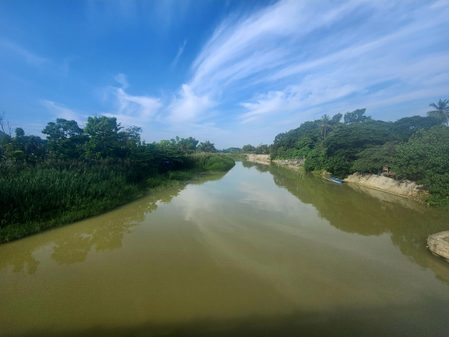






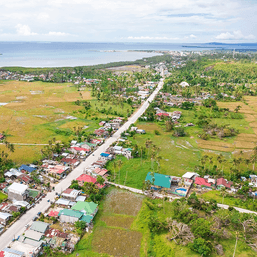


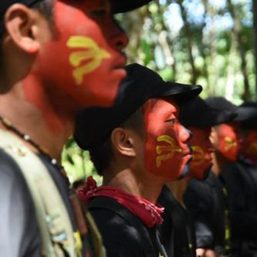


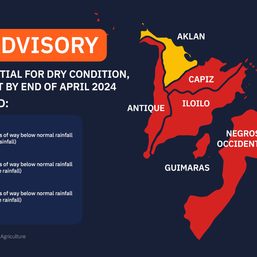

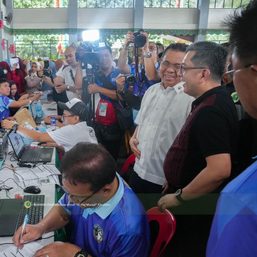

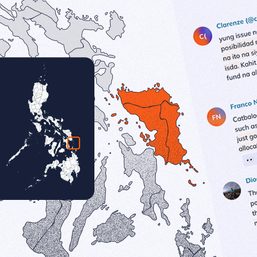
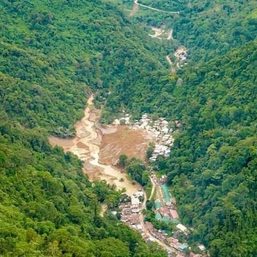
![[ANALYSIS] Trading irregularity in Abra Mining: Why the inaction?](https://www.rappler.com/tachyon/2024/03/tl-mining-trading-irregularities-03082024.jpg?resize=257%2C257&crop_strategy=attention)
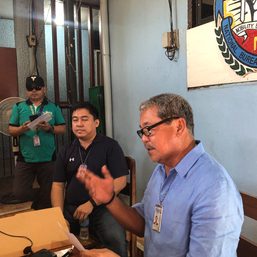


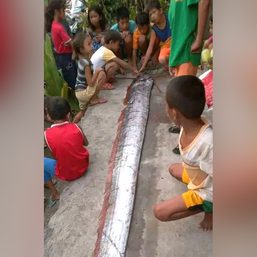
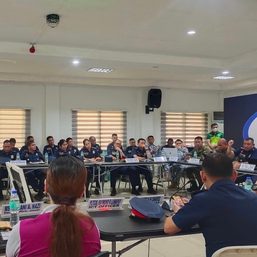

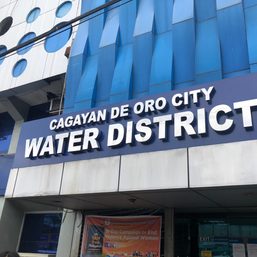

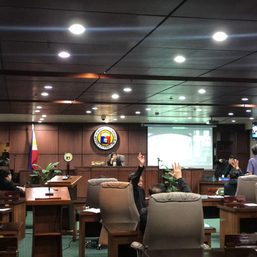
There are no comments yet. Add your comment to start the conversation.